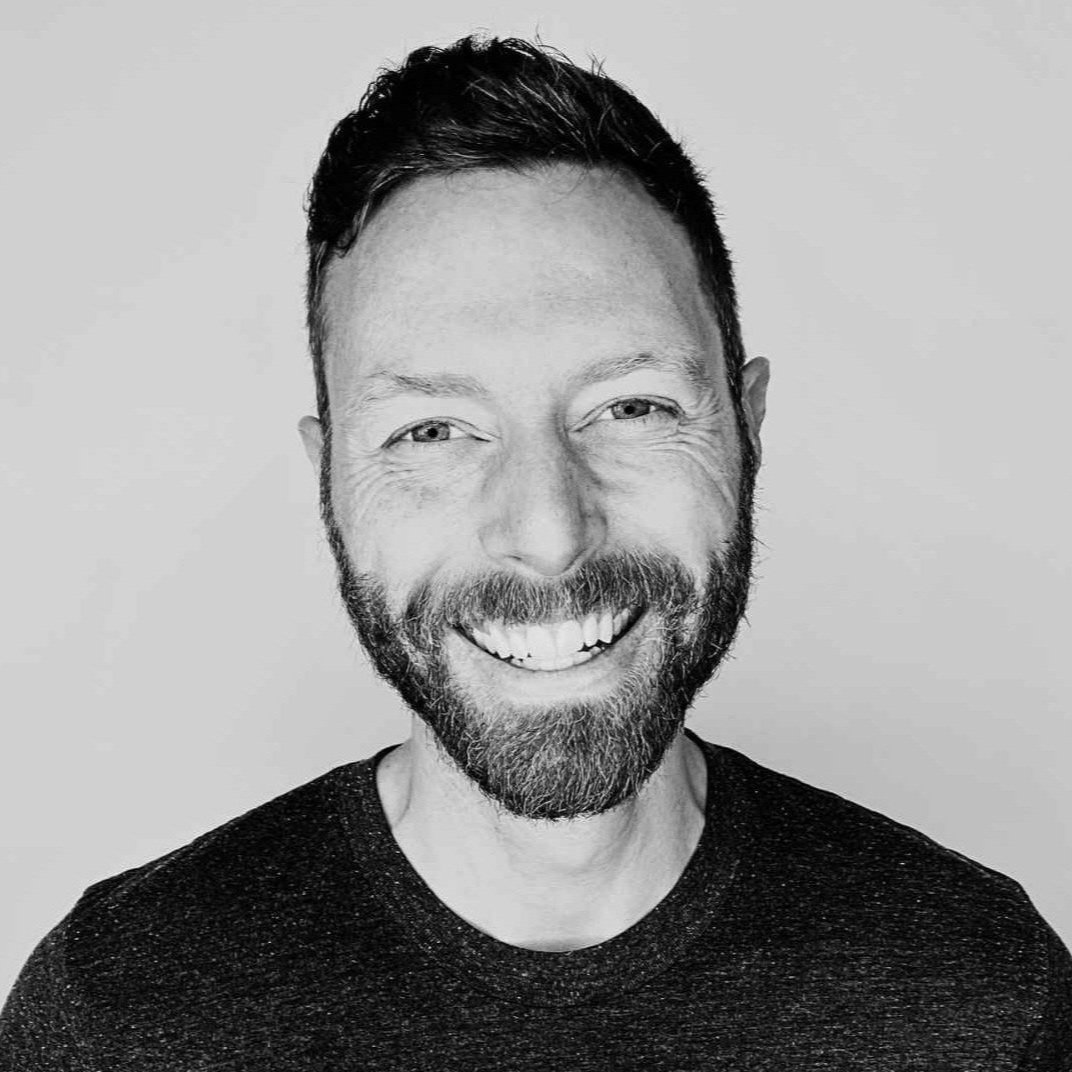Matt Pfahlert On Embedding Social Enterprise Education And Community Asset Ownership In Rural Australia
Matt is a globally recognised social entrepreneur, field builder and champion for rural communities and their young people.
Matt started his first social enterprise in 1993, working with marginalised young people in wilderness settings and for this pioneering work, was awarded the Young Australian of the Year in 1996.
Since 2003, when Matt was awarded Victorian Community Leader of the Year, he has worked at building momentum for social enterprise in a variety of roles including as a board member of the Telstra Foundation (2003-2014) and Social Traders (2013-2018).
In 2013, Matt was awarded a Churchill Fellowship to study the role social enterprise and entrepreneurship education is playing in rural rejuvenation throughout the UK and North America. In 2016, Matt led a $2.7M community buy-back of the Old Beechworth Gaol. A neglected Australian heritage icon famed for its connection to Ned Kelly. The site is being re-purposed as an exemplar for social enterprise, impact investment and community-led rejuvenation.
In 2018, the Australian Centre for Rural Entrepreneurship (ACRE) initiated the establishment of SENVIC and in 2020 the national strategy project that led to the formation of Social Enterprise Australia, where he was the inaugural Deputy Chair.
In Oct 2022, ACRE hosted the Social Enterprise World Forum (SEWF) – Rural Gathering, the first rural summit to be held in the southern hemisphere. This event led to the establishment and 2024 global launch of The Rural Manifesto for Social Enterprise, a key policy document now with input from 37 countries and over 100 rural anchor organisations. This work was recently endorsed by the OECD and the United Nations Taskforce for the Social and Solidarity Economy.
Matt discusses equipping students with enterprise capabilities through Social Enterprise Schools, the importance of community asset ownership in revitalising rural economies, and how cross-sector collaboration can shape social outcomes in ESG frameworks.
Highlights from the interview (listen to the podcast for full details)
[Tom Allen] - To start off, can you please share a bit about your background and what it was that led to you working in social enterprise?
[Matt Pfahlert] - It was burnout really, that was my main motivation for getting into social enterprise. I’d been a not-for-profit founder and leader for about 21 years. Yes, I was running social enterprises within those not-for-profits, but I felt like I was on a treadmill. I used to refer to myself as a “professional beggar” because I don’t think people understood the value of the not-for-profit sector.
All of your funding was ad hoc. You couldn’t grow or scale a business with that unpredictability. It became really important for me to find models where, if you were to run a sustainable business, you could also create social good. That was my motivation for becoming curious about social enterprise.
That curiosity led me to the Social Enterprise World Forum in 2009, when it was held in Melbourne. It was the second one ever, and it was there that I met people who were doing this work, and I thought, “Okay, I know what my future needs to look like.”
As CEO of the Australian Centre for Rural Entrepreneurship, what have you been up to more recently, and what are you focused on?
In 2016, we started piloting a program here in Australia that was already running in five countries at the time, called Social Enterprise Schools. It was pioneered out of Scotland, and we needed to make sure it would not only connect with the existing curriculum but also be seriously engaging and purposeful for young people.
We began with an 11-school pilot back in 2016 in our region, North East Victoria, on Dhudhuroa Country. We started at the beginning with that and had it independently evaluated. The results showed great impact.
we’ve been slowly building it year on year, taking all the resources online. We’re now delighted to say that, with two national sponsors–the AMP Foundation and the Brian M. Davis Foundation–this program is available to every educator in Australia. It’s experiential and student-led, combining the development of enterprise capabilities and citizenship skills in young people.
ACRE is based out of the Old Beechworth Gaol. Since starting to lead this project in 2016, how has the space evolved over time?
It’s interesting to first talk about the motivation behind us leading the local buyback of the Old Beechworth Jail. Back in 2013, one of the key findings from my Churchill Fellowship was recognising that the most catalytic thing a rural community could do to start rejuvenating itself from within was community asset ownership. Time and time again in the Northern Hemisphere, this has proven to be true.
We’d had it in our minds that wouldn’t it be good if we could not only do that ourselves, but also create a learning centre around it? When the Old Beechworth Jail came up, we were able to convince 19 local families to invest in this idea of repurposing the jail for local benefit, while also advancing ACRE’s ambition of inspiring others to do the same.
Since achieving the buyback in 2016, we’ve resolved all those heritage and local services issues such as compliance, fire services, and all the regulatory requirements. More importantly, the site is now regularly used by the community. We have nine commercial leases attached to the site, and over 25,000 people take heritage tours of the jail each year, and that number keeps growing.
We’ve bootstrapped the project from the beginning, and now we’re ready to really prove the cultural tourism credentials of the site. It’s deeply famous for its connection to the Ned Kelly saga. We’re also keen for it to become a national action learning centre for social entrepreneurship.
The Social Impact Summit is an event you’ll be speaking at on July the 2nd and 3rd in Sydney. What are you most looking forward to about that particular event?
There are a couple of things. One is the theme for the summit Are you ready to shape the ‘S’ in ESG? I think corporate Australia and more broadly has come to understand the environmental and governance aspects of ESG. But I don’t think they’ve really got their heads around the social side.
If we think about how the ‘S’ could play out in a really practical way to become a strong partnership opportunity for corporate Australia, it’s through social entrepreneurship. It’s a real platform. I think the Summit will feature great cross-sector participation. For me, presenting how social entrepreneurship can be integrated into ESG strategies is a strong opportunity.
The session I’ll be involved in focuses on work we’ve been doing in a remote rural community, Mallacoota in far East Gippsland. Alongside a couple of other organisations, ACRE has been supporting five local women to build out a new, localised economy, one that moves beyond the current seasonal nature of their region and instead becomes year-round. What they’re doing is quite incredible.
You’ve had a big role in growing the movement across Australia, so what will it look like over the next five years?
If I think about one of the key things that has helped anchor The Wilderness Collective in its local community–making it tangible and meaningful—it’s this idea of community asset ownership. Just like in the Northern Hemisphere, I think community asset ownership is about to have its moment here.
We have over 40 communities that have been inspired by the local buyback we did with the Old Beechworth Jail on a waiting list, and five other communities that we’re actively supporting right now. People are seeing that unlocking the power of social entrepreneurship can either solve a local issue or create a new opportunity.
What’s deeply impactful about community asset buybacks is that they stabilise a community around the things it cares about. The motivation becomes palpable, and it’s a great mechanism for communities to begin building their own localised entrepreneurial culture. That’s what we see and hope will be a major part of the next five years for rural communities.
What are some of the most common and important traits you see in successful social enterprise leaders?
It’s definitely a deep connection to the cause or the place they’re looking to impact. Without that, it’s very difficult to be a social entrepreneur. That connection is critical—it brings a level of authenticity of purpose that’s immediately evident when you speak to someone. The second thing is perseverance and grit.
I remember an international speaker at one of the Social Enterprise World Forums saying that the biggest thing he’d learned in 30 years as a social entrepreneur was that we often overestimate what can be achieved in five years, but underestimate what’s possible in ten. I think that’s absolutely true. Timelines around sustainability and long-term change mean that to really make your impact stick you need time to adapt, grow, go backwards, forwards, and even sideways. It takes a long time.
The third critical trait is having the mindset of a team builder and mentor seeker. I see so many social entrepreneurs burn out because they don’t have a solid team around them, or they’re not seeking guidance from people who’ve already walked the path. Those two things, building a team and seeking mentorship, are essential.
What inspiring projects or initiatives have you come across recently that are creating a positive social change?
I’ll start with a really big one. It’s an organisation called Shorefast, based in Newfoundland, right on the far east coast of Canada. A tech entrepreneur, Zita Cobb, returned to her fishing village of origin as a very successful businesswoman and wanted to reinvest in her community. This was a community whose fishing industry had been decimated by corporate fishing.
What she did was work with the local community to develop cultural tourism initiatives for the future. She started a social enterprise centred around the idea of beautiful, locally embedded accommodation. That accommodation is called Fogo Island Inn. All the local artisans and tradespeople were involved in the building and fit-out of the inn, which celebrates the past, present, and future of the community.
It’s now become an incredible tourism asset in a place no one could have imagined something like this happening. Fogo Island is wild and stunning, and it’s a brilliant example of what’s possible when you bring the community along for the ride and think audaciously about the future.
They’ve even created what they call an “economic nutrition label” for all their products and services, so whenever you purchase something, you can see exactly where the money goes.
I think that’s a phenomenal idea. And what’s even more exciting is that this model is now gaining national traction. They’ve established an institute around Shorefast and the Fogo Island experience, and it’s being looked at as a blueprint for similar initiatives across Canada. It’s just a fantastic example.
To finish off, what books or resources, blogs, or podcasts would you recommend to our audience?
This recommendation is related to work. It’s a book called Strategic Doing. Not everything coming out of the US right now is cause for concern, Strategic Doing is actually a great example of something very positive. It’s deeply rooted in practice and focuses on how you can support communities wherever they are with what matters most to them, through the development of ten core skills known as agile leadership.
It’s all about enabling localised, systemic change. These ten skills are taught to communities so they can become proficient in navigating systems change in a very practical way. It’s an incredible book. The practices it outlines are ones we use on a daily basis. They’re incredibly respectful of people and genuinely helpful in dealing with the complexity of the world we now face.
Initiatives, Resources and people mentioned on the podcast
Recommended books
Strategic Doing: Ten Skills for Agile Leadership by Edward Morrison, Scott Hutcheson, Elizabeth Nilson, Janyce Fadden & Nancy Franklin







